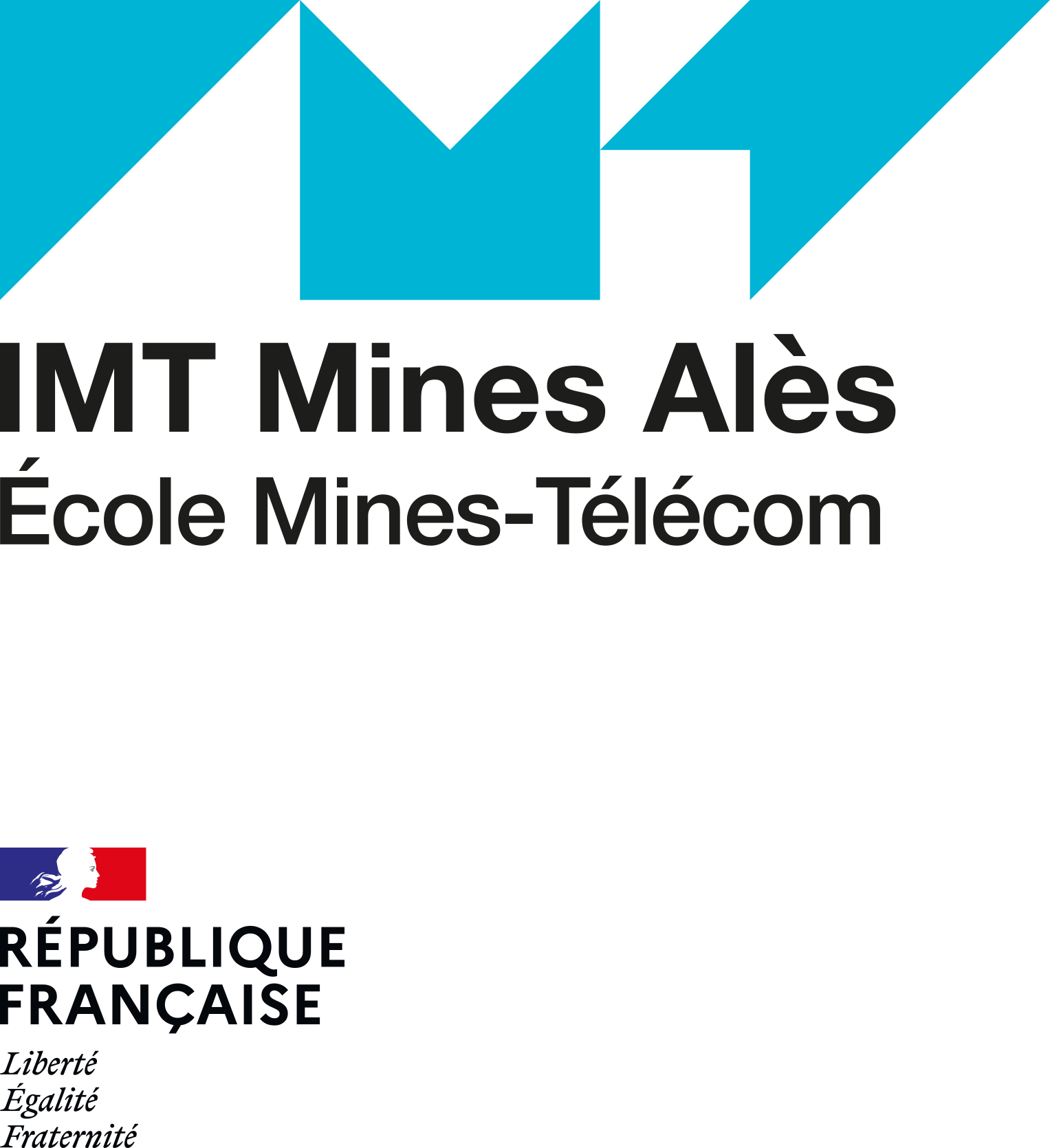Résumé :
Les eaux souterraines assurent une proportion importante de l’approvisionnement en eau des territoires. La surveillance des réserves et de la qualité de ces ressources constitue donc un enjeu majeur, en lien avec les Objectifs de Développement Durable des Nations Unies. En rapport avec ces objectifs, la présente thèse traite de la caractérisation de la qualité des masses d’eau souterraines sur un territoire ayant connu un passé minier. Elle vise le développement d‘une méthodologie permettant d'estimer les contributions respectives du fond géochimique naturel et des apports anthropiques, à l’enrichissement en métaux et métalloïdes dans les eaux souterraines, en considérant simultanément l'hétérogénéité de la géologie, et la combinaison de facteurs géologiques, géomorphologiques, tectoniques et statistiques. Des mesures de qualité ont été effectuées pour établir l’état des lieux des concentrations en arsenic et en antimoine dans les masses d'eau souterraines délimitées par le bassin versant du Gardon dans les Cévennes. Ensuite, un opérateur d'agrégation multicritères a été développé et mis en œuvre afin de produire des cartes quantitatives et qualitatives permettant de discriminer le fond géochimique naturel des apports anthropiques.
Cette cartographie a permis de déterminer des foyers remarquables situés notamment sur la faille cévenole et sur lesquels une attention particulière de surveillance doit être portée dans le cadre de la gestion territoriale de la qualité des ressources en eau. Un atelier interactif a permis d’évaluer les différences de perception des acteurs du territoire face à des informations sur la qualité des eaux. Il a mis en évidence la nécessité de développer des supports de restitution des informations scientifiques adaptés afin d’aboutir à une conscience partagée des questions liées à la qualité des eaux souterraines par les différents acteurs d’un territoire.
Abstract :
Groundwater provides a significant proportion of the water supply of the territories. The monitoring of the reserves and quality of these resources is therefore a major issue, in line with the United Nations Sustainable Development Goals. In relation to these objectives, this thesis deals with the characterization of the quality of groundwater bodies in a territory with a mining past. It aims at developing a methodology to estimate the respective contributions of the natural geochemical background and anthropogenic inputs to the enrichment of metals and metalloids in groundwater, considering simultaneously the heterogeneity of the geology and the combination of geological, geomorphological, tectonic and statistical factors. Quality measurements were carried out to establish the state of arsenic and antimony concentrations in the groundwater bodies delimited by the Gardon watershed in the Cevennes. Then, a multi-criteria aggregation operator was developed and implemented in order to produce quantitative and qualitative maps allowing the discrimination of the natural geochemical background from the anthropic contributions mainly constituted by the past mining activity. This mapping made it possible to determine remarkable foci located in particular on the Cevennes fault and on which particular attention must be paid in the context of territorial management of the quality of water resources. An interactive workshop allowed to evaluate the differences of perception of the actors of the territory in front of information on water quality. It highlighted the need to develop adapted scientific information restitution supports in order to reach a shared awareness of groundwater quality issues by the different actors of a territory.


